The enemy plants in our backyard and how to get rid of them
Casting seed with wild abandon, these nonnative invasives cause significant ecological and economical damage.
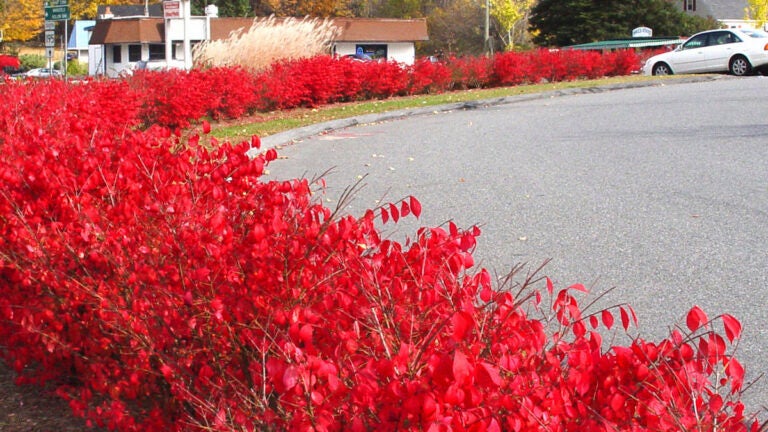
There are weeds, and then there are Weeds.
While no gardener likes to see quackgrass or ragweed sprouting up, such native nuisances are simple enough to keep at bay. But other invaders are far more, well, invasive. Casting seed with wild abandon or spreading relentlessly through underground runners, they can jump physical barriers and withstand years of eradication efforts. In fact, there are more than 100 nonnative plant species that spread so rapidly and so ferociously that they’re illegal to buy, sell, trade, or plant in Massachusetts because of the ecological and economic damage they can cause.
All of these invasive plants have the potential to dominate the natural landscape, crowd out native flora, and infuriate anyone trying to tame them. But homeowners will find some invasive species even more troublesome than others. “Everybody’s soil is different, everybody’s mix of light and shade is different, and some plants are going to be much more aggressive in different conditions,’’ said R. Wayne Mezitt, chairman of the Massachusetts Invasive Plant Advisory Group.
Mezitt, who’s also chairman of Weston Nurseries, said two of the most problematic plants wreaking havoc on his Hopkinton property are multiflora rose and autumn olive. “These are the two weeds that come in first and aggressively, and they absolutely take over,’’ he said, making it hard to walk around or use the land. “They’re thorny and nasty, and they grow so fast.’’
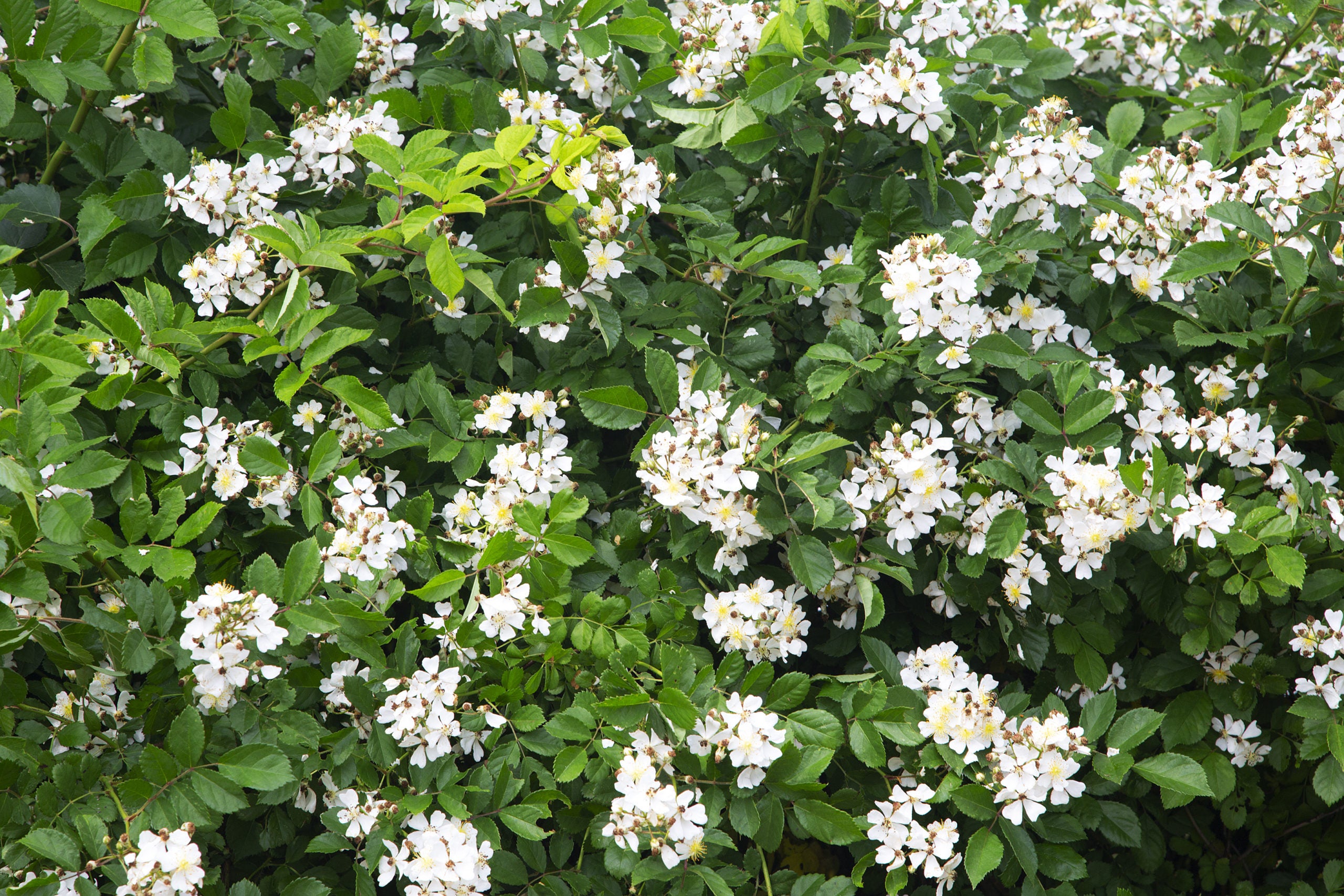
Mezitt is also battling Japanese barberry, porcelain berry, buckthorn trees, Japanese knotweed, and burning bush. You may have some of the same unruly plants in your yard; you may have even planted them yourself. Many of our invasive species were introduced intentionally, celebrated for their striking foliage or hardy resilience. “In fact, our nursery, 20 to 25 years ago, actually listed some of these plants because they were easy to grow,’’ Mezitt said. But in time, ecologists realized that those same features helped the plants spread uncontrollably, threatening native wildlife.
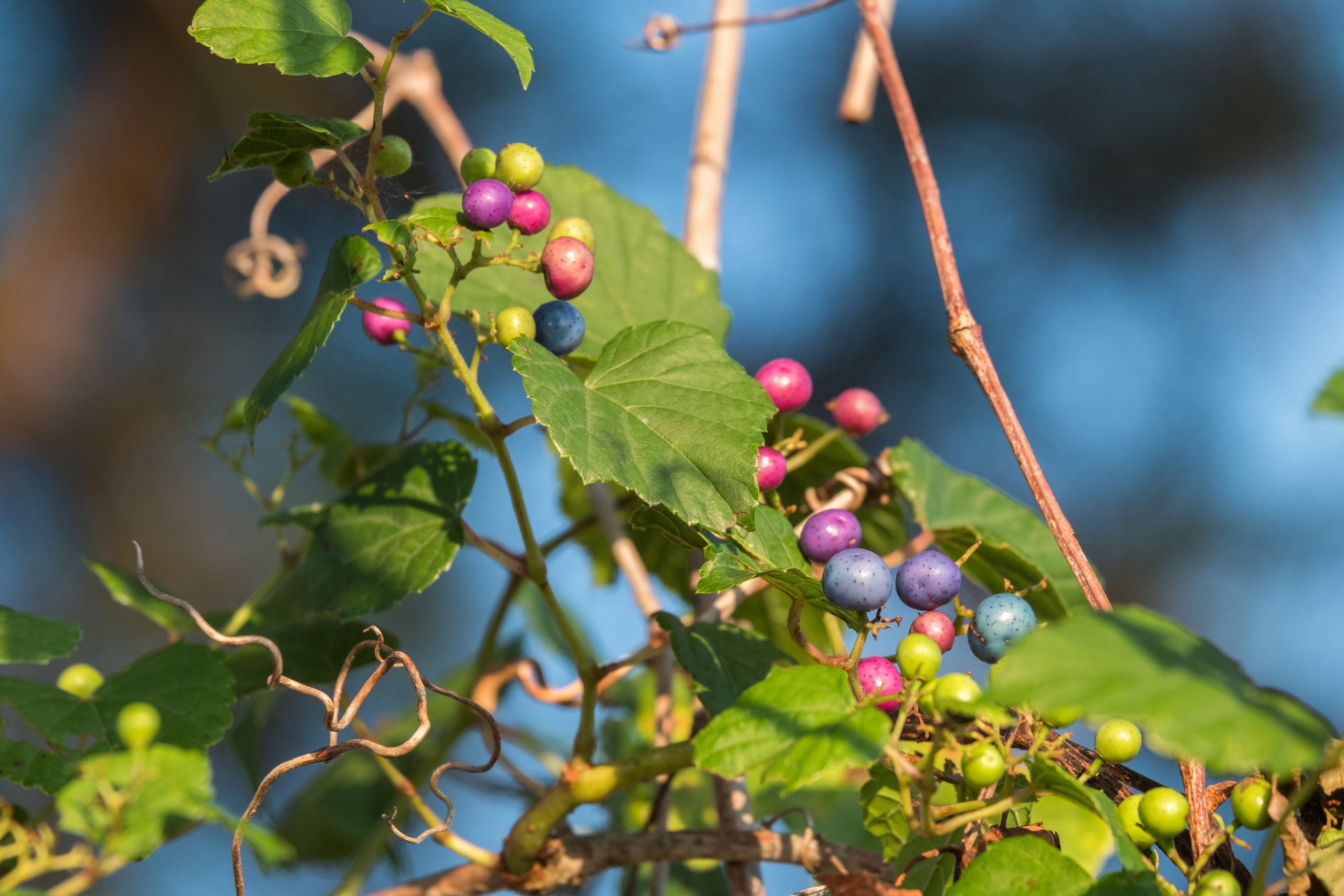
Sally Muspratt, a landscape designer in West Roxbury, said porcelain berry and Japanese knotweed are also among the worst invasives she deals with; she adds five-leaved akebia and oriental bittersweet to that list, along with black swallow-wort, goutweed, garlic mustard, and lesser celandine.
“Porcelain berry and oriental bittersweet are rampantly aggressive plants that can pull down stout trees,’’ Muspratt said. “They twine up trees and shrubs, and they kill them by masking the trees’ leaves from the sun — then they pull them down by their weight.’’ Five-leaved akebia isn’t quite as strong, she noted, but uses the same technique. “All three have extraordinarily large networks of roots which can spread many yards away from the main vine to nourish the main plant and create other plants.’’
Japanese knotweed, which can grow eight inches a day, spread up to 40 feet underground, and regrow from root fragments just a half-inch long, is such a menace that, in Britain, it can be hard to sell or even secure a mortgage for a property where the plant is present. Researchers found that a Japanese knotweed infestation there could knock up to 10 percent off a home’s value.
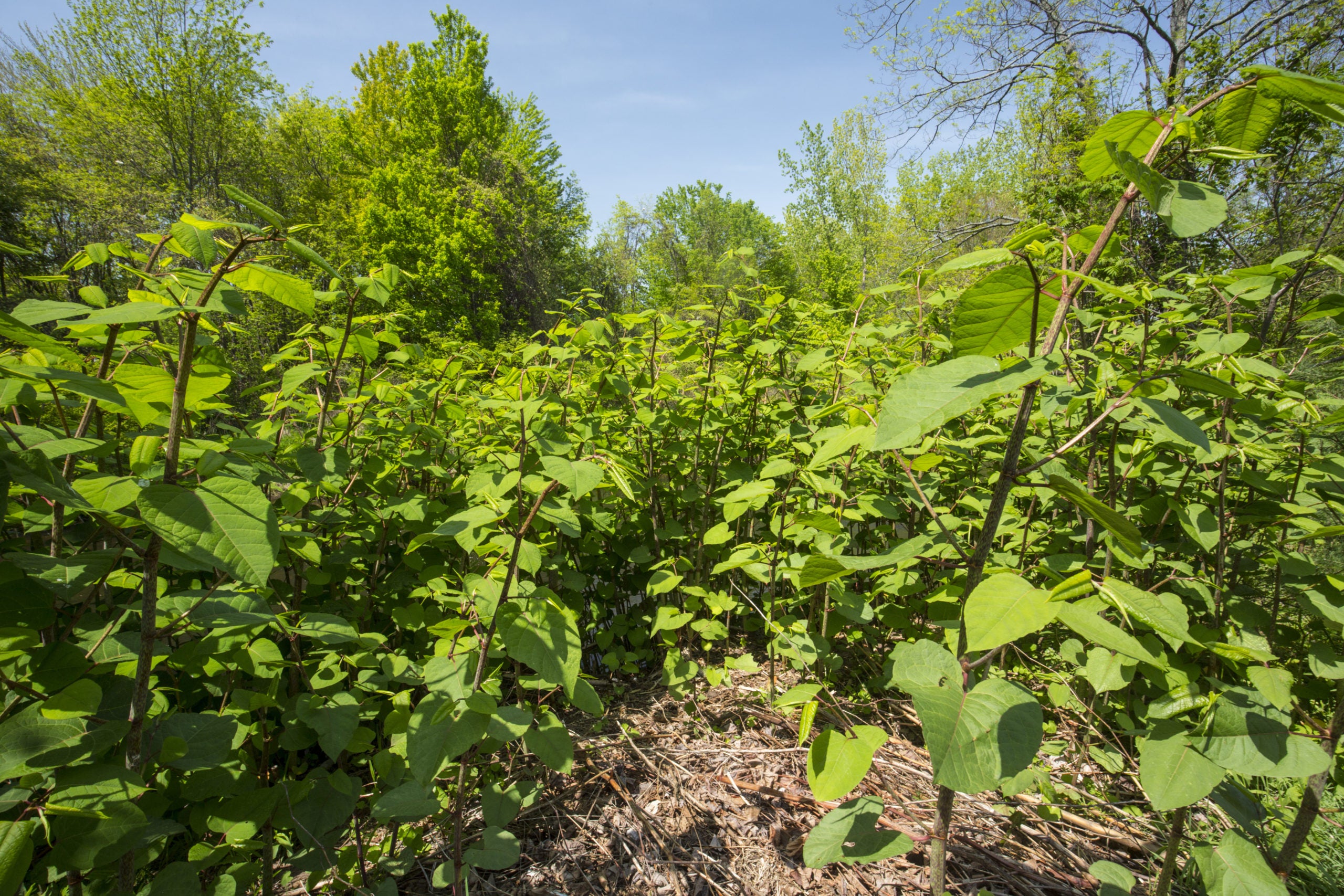
Invasive plants aren’t just a headache for homeowners — they threaten wildlife by crowding out the native plants that insects and other animals need to live.
“A lot of insects rely on a specific host plant in order to reach their adult stages,’’ said Emma Erler, a horticulturist at the University of New Hampshire Extension. Monarch butterfly larva, for example, can survive only on native milkweed plants. (Milkweed’s toxic compounds make the butterfly taste like poison, helping to fend off predators.) But the majority of insects are likewise finicky eaters, feeding on just a few specific plants.
And those food sources are losing out to aggressive invasive plants that are able to outcompete native species. That loss of biodiversity is one reason insect populations are collapsing globally, Erler said. “What you’re left with is just a few species of plants that don’t really serve any of those native insects,’’ she said. “And then, when the insects aren’t getting fed, that means that songbirds aren’t getting a lot of the food that they need to feed their young… you just see this whole cascade down the food chain.’’
Some invasives are even more insidious in their decimation of native insects. The invasive black swallow-wort, a thin but relentless vine that coils around plants and chain link fences as it seeks high ground from which to release its fluffy seeds, is a European relative to our milkweed plants. “It has the same chemical signature, so to a butterfly, it’ll smell perfect to lay your eggs on,’’ said Tim Puopolo, a park ranger at Fresh Pond Reservation in Cambridge. But while black swallow-wort contains the same type of toxins monarch caterpillars seek from milkweed, the dosage is different — and it kills them. Every last one of them. And because the plant is so invasive in the Boston area, it’s easier for migrating monarchs to find black swallow-wort than milkweed. “We could be fostering an entire lost generation of monarchs that never get to make it past caterpillar stage,’’ Puopolo said.

Black swallow-wort was first introduced to the United States here in Massachusetts, imported from Europe in the 19th century because it “can turn a chain link fence into a cheap and easy hedgerow,’’ Puopolo said. In addition to its shiny pairs of green leaves, small purple flowers, and spaghetti-like vines, the plant develops seed pods in summer that resemble chili peppers. Once ripened, these pods release hundreds of fluffy seeds that spread on the wind, which is why the plant will scale just about anything — fences, trees, bus stops — to get a better vantage point.
“One way that anyone can help out is by picking the pods,’’ Puopolo said. That’s one reason his predecessor started the Cambridge Pod Patrol in 2011 — a citywide volunteer group dedicated to eradicating, or at least slowing, the black swallow-wort by plucking its pods before they go to seed. It doesn’t take much to make a big difference, he said. If someone can grab a free dog waste bag at the entrance of a city park, fill it up with black swallow-wort pods as they stroll through, and toss it in the trash on the way out, he said, “they’ve done a great duty, stopping 10,000 or more seeds from spreading and possibly taking root.’’
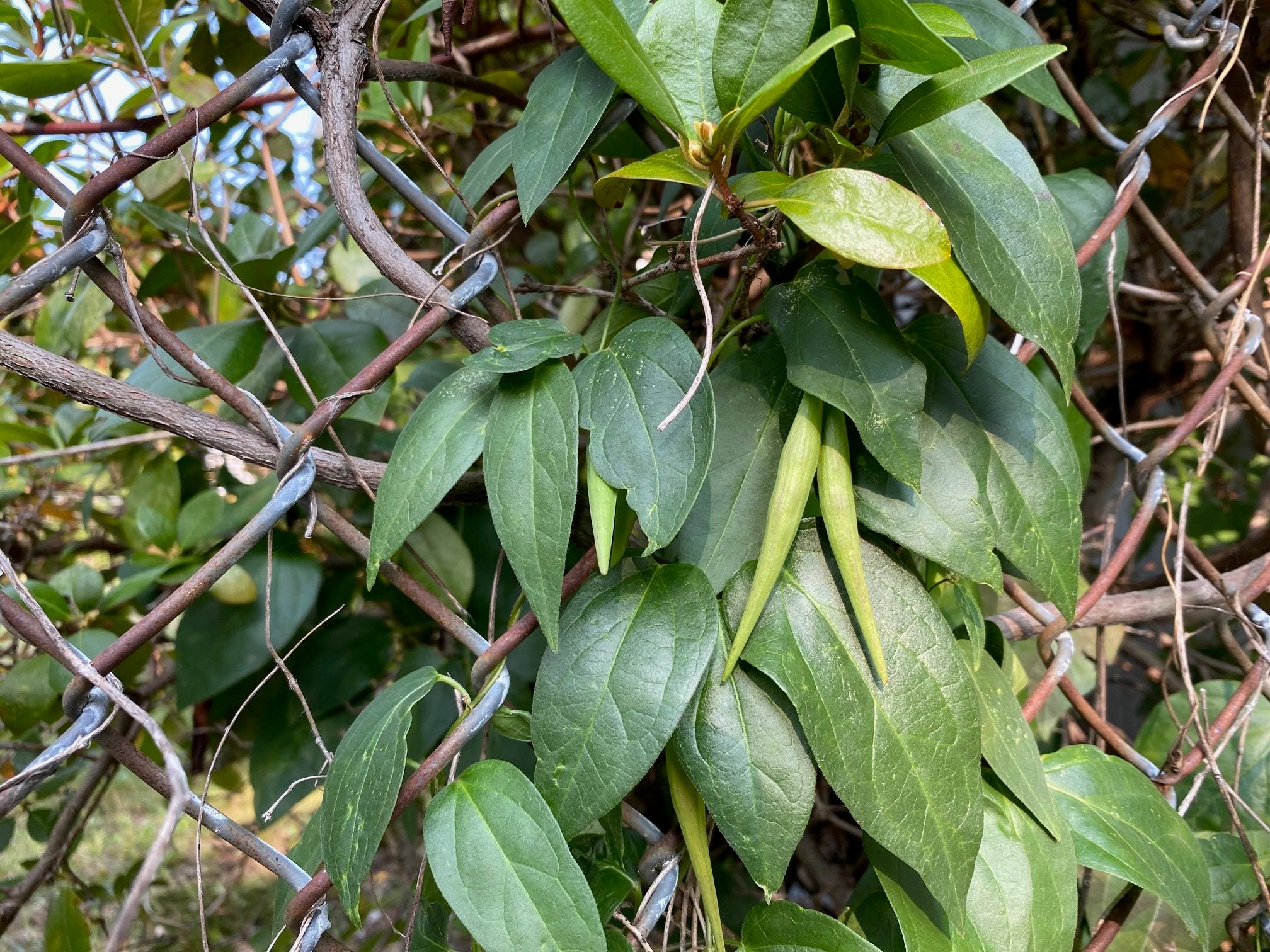
Because invasive plants provide little to no nutritional value to native animals and insects, it’s one more reason they spread so aggressively. Just as deer will ignore buckthorn shrubs and garlic mustard to munch on native oak saplings, “nothing eats black swallow-wort,’’ Puopolo said, helping the invasive species spread even faster.
Once you start recognizing invasive plants, it’s hard to stop seeing them. They’re everywhere. (Including our yard, it turns out.) Recognizing these invaders is the first step, but getting rid of them is no easy task.
Experts say to pull up small new invasive plants by the root or cut down established ones, early and often, and always before they get a chance to seed. “They’re fairly easy to pull when they’re small, in the seedling stage, so you can just weed them out,’’ Erler said. (You’ll have an easier time pulling up the entire root in damp soil.) If you miss that chance, cut down mature invasives regularly to keep them from smothering plants or going to seed, Muspratt said.
Depending on the severity of the invasion, even vigilant weeding and cutting could take years to succeed, as dormant seeds may continue to sprout anew. “[But] repeated cutting will eventually weaken almost any plant,’’ Muspratt said.

When bigger invasives are suffocating other plants, Muspratt cuts their trunks to kill the top growth immediately, then marks the stumps and uses a weed wrench to pull out the root system later. That doesn’t mean they won’t come back, though — and pulling out invasives can actually till the soil for their offspring. “It may also divide the root, making two grow instead of one or bring seeds from past years to the surface or provide a lovely loose seedbed for new invasives,’’ Muspratt said. Clippings of the worst offenders, like black swallow-wort seed pods and virtually any fragments of Japanese knotweed, need to be put in sealed garbage bags, not your yard waste, to avoid further spread.
“And sometimes when you pull things up, it ends up bringing more weed seeds to the surface,” Erler said. “There’s always a seed bank in the soil that contains hundreds of thousands of different seeds, and if there’s invasive plants in an area, there’s surely a whole bunch of dormant invasive plant seeds there.’’ If you’re going to dig up invasives, Erler said, make sure to put in native plants immediately afterward; if they come in thick enough, they can shade the soil and keep anything else from germinating.
But even the most environmentally conscious pros say chemical herbicides are often necessary to eradicate out-of-control invasive plant growth. And fall is the best time to do it.
“Cut the plant at the base and put some of the herbicide on the stem where the cut is — immediately,’’ Mezitt suggested. “And this time of year, when plants are drawing nutrients into their root systems, they draw the herbicide in and it can kill them right away and you don’t get a regrowth on them — even some of the really established big plants.’’
The active ingredient in most herbicides used by homeowners will either be glyphosate, which is nonselective — meaning it kills any plant — or triclopyr, which specifically targets broad-leaf and woody plants. “Either one of those will work typically on most invasives,’’ Erler said.
Unfortunately, Erler added, organic herbicides aren’t a great option for controlling invasive plants. “Organic herbicides tend to work really well on annual plants, things that don’t have robust root systems,’’ she said — scorching the foliage but leaving the roots mostly unharmed. For invasive plants, that just amounts to a good workout. “If somebody is opposed to using chemicals, really their best options are hand pulling, repeated cutting, or potentially smothering those plants,’’ Erler said, by cutting them close to the ground and covering them with layers of cardboard or heavy black plastic topped with mulch — for a year or more.
Whatever strategy you choose to combat these relentless invaders, be prepared for a sustained slog. And remember that it’s not just your yard you’re defending, but our entire native ecosystem.
“It’s just a matter of keeping an eye out and trying to be aware of what’s happening in your garden,’’ Mezitt said. “And, frankly, what’s happening in your neighbor’s garden, too.’’
Jon Gorey blogs about homes at HouseandHammer.com. Send comments to [email protected]. Follow him on Twitter at @jongorey. Subscribe to our free real estate newsletter at pages.email.bostonglobe.com/AddressSignUp.





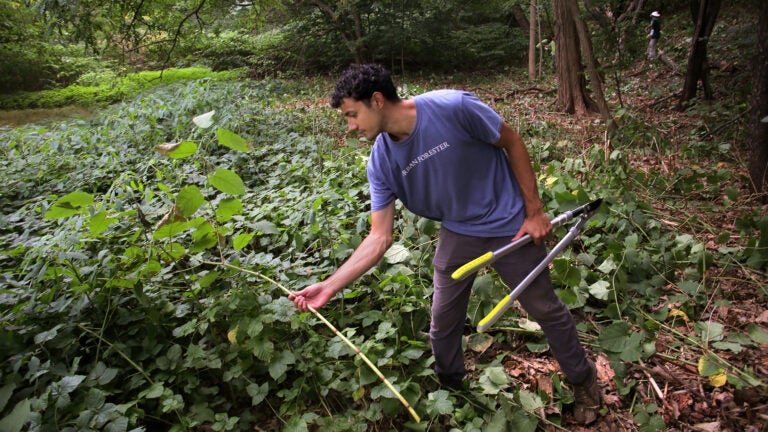
Conversation
This discussion has ended. Please join elsewhere on Boston.com